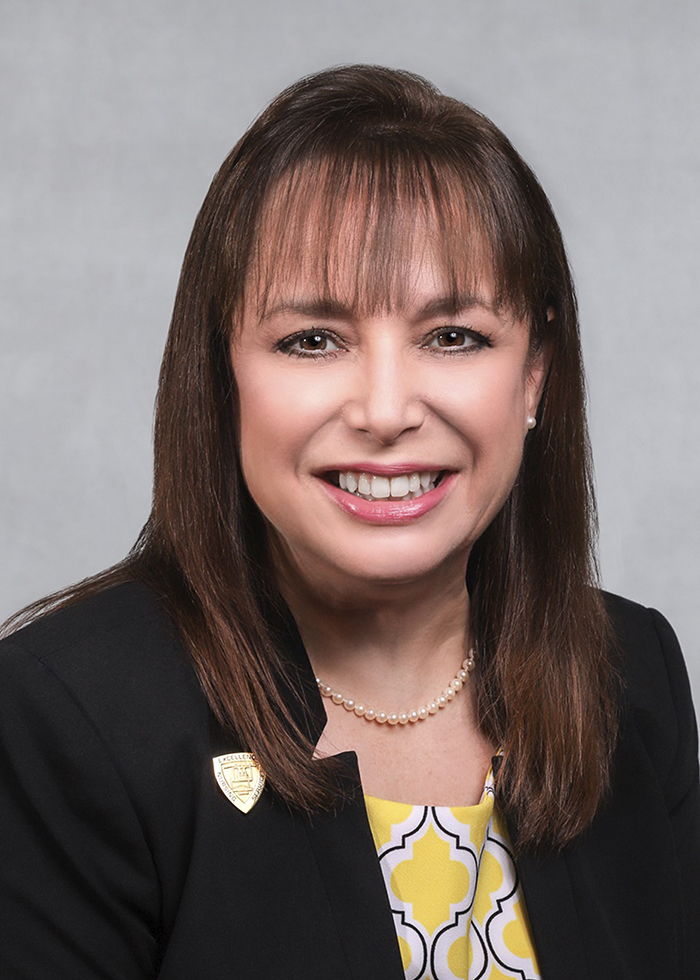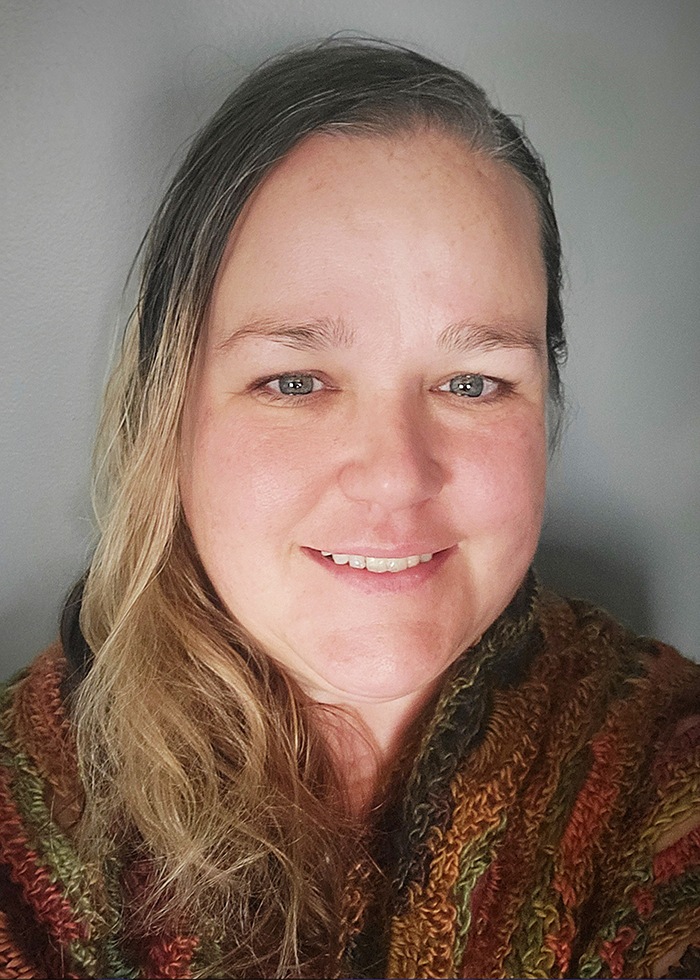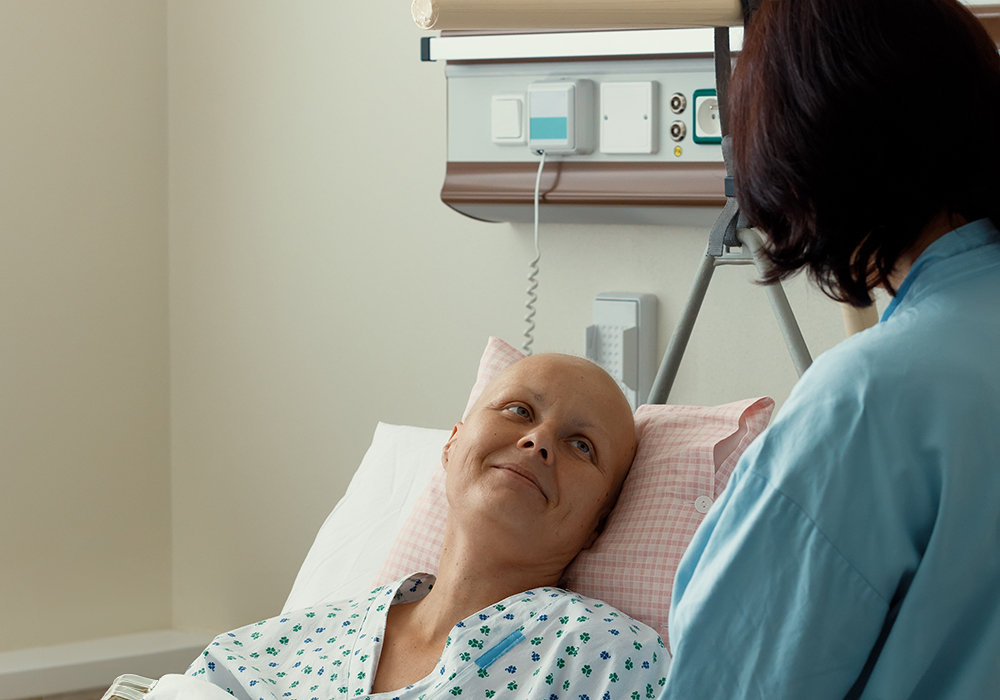By Hien Nguyen, PharmD, RPh, CPPS, CPHQ, CPHRM, Christina Reynolds, MSN, RN, CLSSGB, Jaime Rosenthal, BSN, RN, and Maria Victoria Roque, MSN, RN, OCN®
After experiencing challenges with a limited supply of private hospital rooms and high demands of patients awaiting room assignments, AtlantiCare Regional Medical Center, a community teaching hospital, assembled an interprofessional team of clinical partners united to create a solution.

The center’s established practice was to place patients with any known history of chemotherapy medication administration in single-occupancy rooms for the duration of their hospitalization. That requirement strained the facility’s capacity for efficiently managing and assigning beds, especially during times of high patient volume.
Using Lean principles, the team identified that as many as 30 beds per day required private rooms for isolation, with an average of 8 beds reserved specifically for patients with a chemotherapy history. Key partners from infection prevention and control, nursing informatics, nursing, patient flow, and pharmacy collaborated to increase the availability of private rooms by reducing blocked semi-private beds.
What the Evidence Says
The team consulted the U.S. Pharmacopeia General Chapter <800>, but single-room occupancy of patients on antineoplastic agents was outside of its scope. A literature search also revealed a lack of evidence for best practices regarding room accommodations for patients on hazardous drugs.

Although ONS’s Safe Handling of Hazardous Drugs (fourth edition) does not guide about room assignments, it advises that clinical and nonclinical personnel and roommates may be exposed to hazardous drugs when handling body fluids, contaminated clothing, dressings, linens, and surfaces. It also explains that traces of chemotherapy drugs may be present in body fluids for up to 48 hours after treatment, which is corroborated in a 2021 study by Eisenberg et al. investigating bathroom contamination in an ambulatory cancer center. Additionally, in their newly released 2024 study, Walton et al. found that although the prevalence of surface contamination in patient rooms varied by agent, it was as high as 70% for some drugs.
Additionally, at the time of this publication, the National Institute for Occupational Safety and Health’s (NIOSH’s) List of Hazardous Drugs in Healthcare Settings 2024 is still awaiting finalization, but under the 2023 Managing Hazardous Drug Exposures: Information for Healthcare Settings, NIOSH recognizes that “antineoplastic drugs are no longer all cytotoxic, genotoxic, and highly hazardous chemicals.”

Translating the Evidence Into Practice
In response, the team modified their organization’s electronic patient intake form to support a novel screening process to triage individuals presently taking antineoplastic drugs. They added a new question: “Has the patient been administered any antineoplastic (chemotherapy) drug within the past three days for cancer treatment, or are they presently using any antineoplastic drug for a noncancerous condition?” A “yes” response places patients in a single-occupancy room for 48 hours from the last known time of administration, after which they are eligible for transfer to a semi-private room. Patients on any daily antineoplastic drug are placed in a single-occupancy room for the duration of hospitalization; patients on weekly treatments with a prolonged hospitalization are reviewed for appropriate room assignments. Answers other than “yes” assign patients to the next appropriate bed.
After approval, design, and testing of the modified process, the team provided staff education and then implemented the new screening form. Postimplementation, the center saw a 66% decrease in the average number of single-occupancy rooms blocked daily, from 30 to 10 beds overall. The most significant improvement was a standardized ability to identify appropriate patients on antineoplastic drugs for room privatization. Because of the success, the team recommended expanding the screening tool to emergency department intake to expedite the availability of key information and facilitate earlier decision-making.

How to Apply the Evidence to Your Practice
The medical center found that successful implementation of a standardized information collection tool reduced unnecessary room privatization and aligned room assignments to patient-specific needs. Additionally, by decreasing variations in patient identification, the outcomes have been sustained over time.
The team regularly reviews the framework for alignment with its purpose, equity in patient-centered care, and patterns in data that require iterative change, such as customer service metrics and financial impact. They also recognized that changes to NIOSH’s 2024 hazardous drug list may require verbiage adjustments on the patient intake form and additional staff education and review to assess the implications for single-occupancy rooms.





